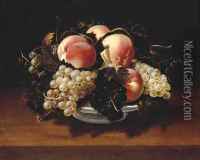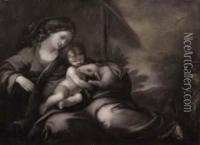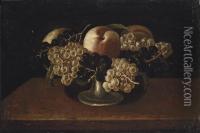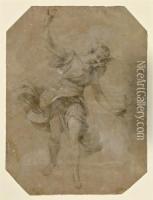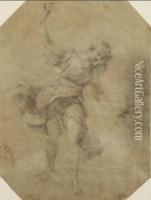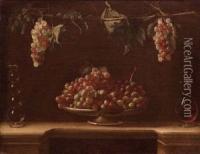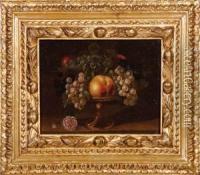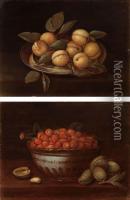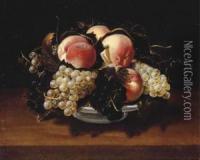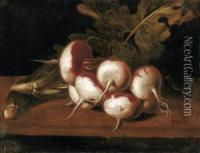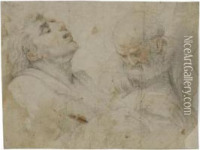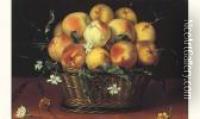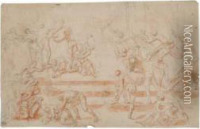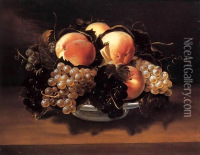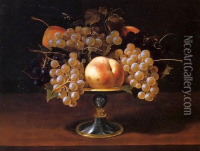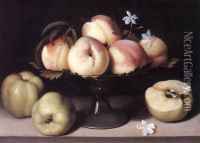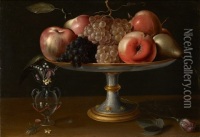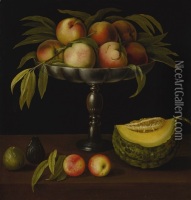Panfilo Nuvolone Paintings
Panfilo Nuvolone was an Italian painter of the Baroque period, active mainly in Milan and the Lombardy region. Born in Cremona in 1581, Nuvolone was part of a family of artists; his brother, Carlo Francesco Nuvolone, was also a painter, and they often worked together. Panfilo initially trained under his father, Giuseppe Nuvolone, a lesser-known artist of the time, before moving to Milan to further his career.
In Milan, Nuvolone became known for his religious and still-life paintings, which were characterized by their vivid detail, rich colors, and intricate compositions. His work reflects the transition from the Mannerist style to the more naturalistic approach of the Baroque period. Nuvolone's religious works often depicted scenes from the Bible and the lives of saints, and they were sought after by churches and private patrons alike.
Aside from religious art, Nuvolone was particularly celebrated for his contributions to the genre of still life. He was one of the pioneers in Italy who developed this genre, which had been less common in Italian art compared to Northern European art. His still lifes often featured kitchen scenes, food, and flowers, rendered with a remarkable sense of realism and attention to detail.
Throughout his career, Nuvolone's work was well-received, and he contributed significantly to the art scene in Lombardy. His influence extended to other artists in the region, including his own family members. Despite his success, much of Nuvolone's life and work have been overshadowed by other Baroque artists, and as a result, he is not as well known today as some of his contemporaries.
Panfilo Nuvolone passed away in Milan in 1651, leaving behind a legacy that, while not widely recognized outside of Italy, represents an important contribution to the Baroque era. His paintings can still be seen in museums and churches throughout Lombardy, where they continue to be appreciated for their beauty and historical value.
